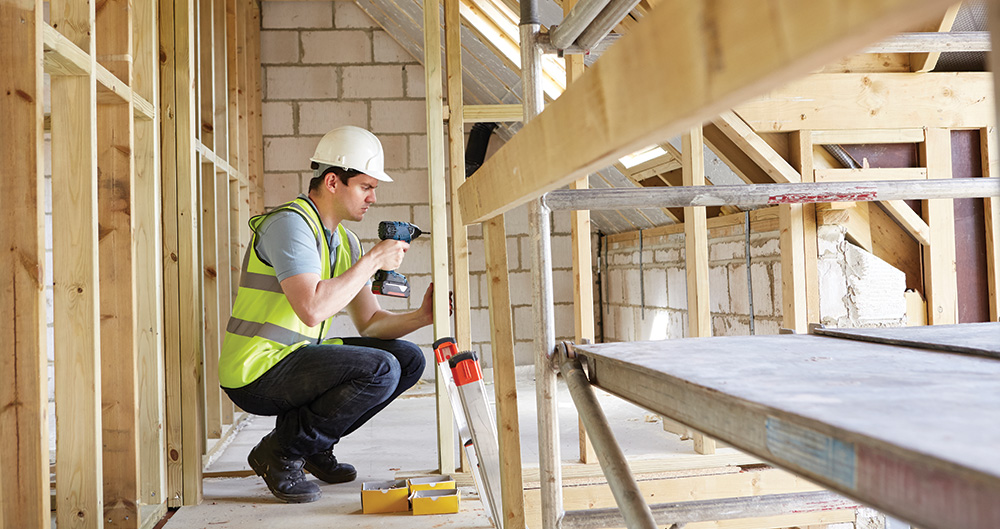Over the years, the construction industry has seen significant advancements and improvements driven by individuals seeking to simplify and enhance their work. Much like other businesses, construction has evolved with fresh ideas and innovative methods. Traditional construction approaches have given way to newer, more unique methods.
Today, well-planned techniques and guidelines contribute to expedited project completion and the creation of buildings that are not only more efficient but also environmentally friendly.
Some of the latest construction methods leverage special materials and ingenious techniques. These innovations are prominently visible in large-scale housing projects like Bahria Town in Peshawar, where these intelligent ideas are being employed to construct superior-quality homes.
In this blog, we will delve into some advanced ways of making buildings and groundbreaking methods for constructing the buildings of the future.
Modular Constructions:
Modular construction is a modern way of building that is transforming how we make buildings. Instead of building a whole one on the spot, we make parts of it in a factory and then put them together at the construction site. This way of building has many advantages, like making construction faster, making sure the quality is good, and saving money. Modular construction is not only constructed for houses. We can also use it to make hospitals, schools, and offices.
3D Technology:
3D printing has made construction better, especially in constructing buildings. It uses large 3D printers to create parts of buildings or even whole buildings step by step. A famous example is the first 3D-printed house in Nantes, France, which shows how amazing this new way of building can be. There are many good things about using 3D printing in construction. It reduces the amount of wasted materials, makes construction faster, and allows architects to make complex designs that were difficult to do before.
Durable Material:
Concrete is a very common material used in buildings, but it can have problems. Over time, it can get cracks because of things like bad weather and too much weight. Self-healing concrete is an effective solution. It’s a cool new idea that lets concrete fix itself without the aid of any professional. This special kind of concrete has tiny living things or tiny capsules filled with fixing stuff mixed in. When a crack shows up, these tiny things or capsules release the fixing stuff, which fills up the crack and makes it all better. Self-healing concrete makes buildings last longer and helps the environment by reducing how much fixing we need to do. It also saves money on repairs.
Greener Touch:
Nowadays more people are interested in building eco-friendly homes and offices. When they construct houses and buildings, they want to use materials that don’t harm the earth and surroundings too much. One example is bamboo, which grows quickly and is strong. Another is engineered wood, which is made by combining wood pieces to make a strong material. People also use old materials again, like steel and glass that they take from old buildings. Also, there are new things that help build their energy. Some special windows can turn sunlight into power, and some windows can be really smart and help control the inside of a building.
AR Technology:
Augmented reality (AR) is used in construction to improve efficiency and safety. Architects and engineers can visualize their designs in the real-world environment, making planning and adjustments easier. Construction workers can use AR glasses or devices to access essential information like blueprints and safety instructions, reducing errors and speeding up work. AR also aids in training by simulating scenarios and teaching new skills. Overall, AR enhances collaboration, reduces mistakes, and enhances the construction process.
BIM:
Building Information Modeling (BIM) is like creating a digital blueprint for a building. Instead of just using regular 2D drawings, BIM makes a detailed 3D model that shows everything about the building, like how it looks, how it’s built, and how it works. This digital model is like a super organized file with all the information needed for the project. BIM makes it much easier for everyone involved in the construction project to talk to each other and work together. It’s like having a common language that helps everyone understand what’s going on. This teamwork makes projects go more smoothly and saves time and money.
Summing Up!
The construction industry is undergoing a remarkable transformation, driven by fascinating techniques and innovative technologies. Through the combination of these revolutionary schemes buildings of tomorrow will be smarter, greener, and more adaptable than ever before.

